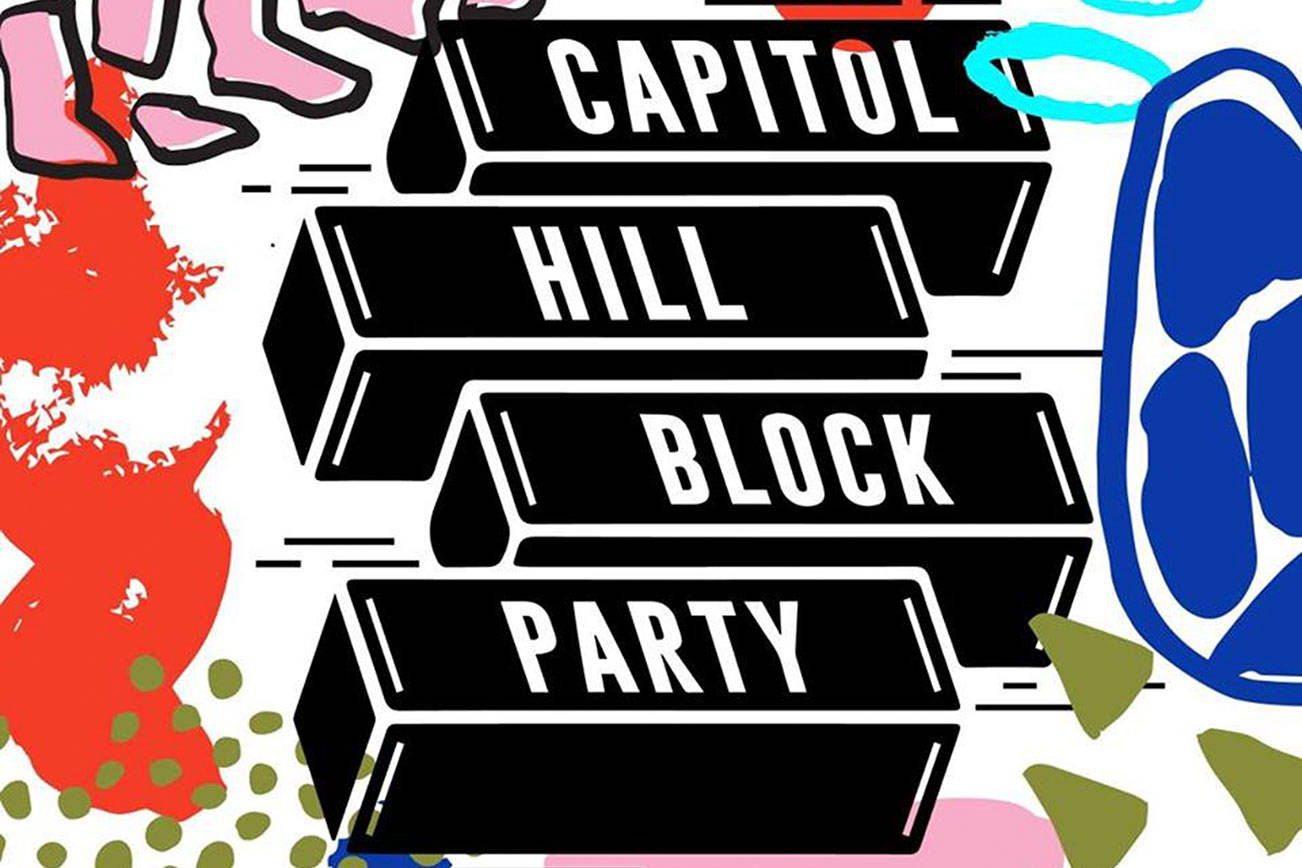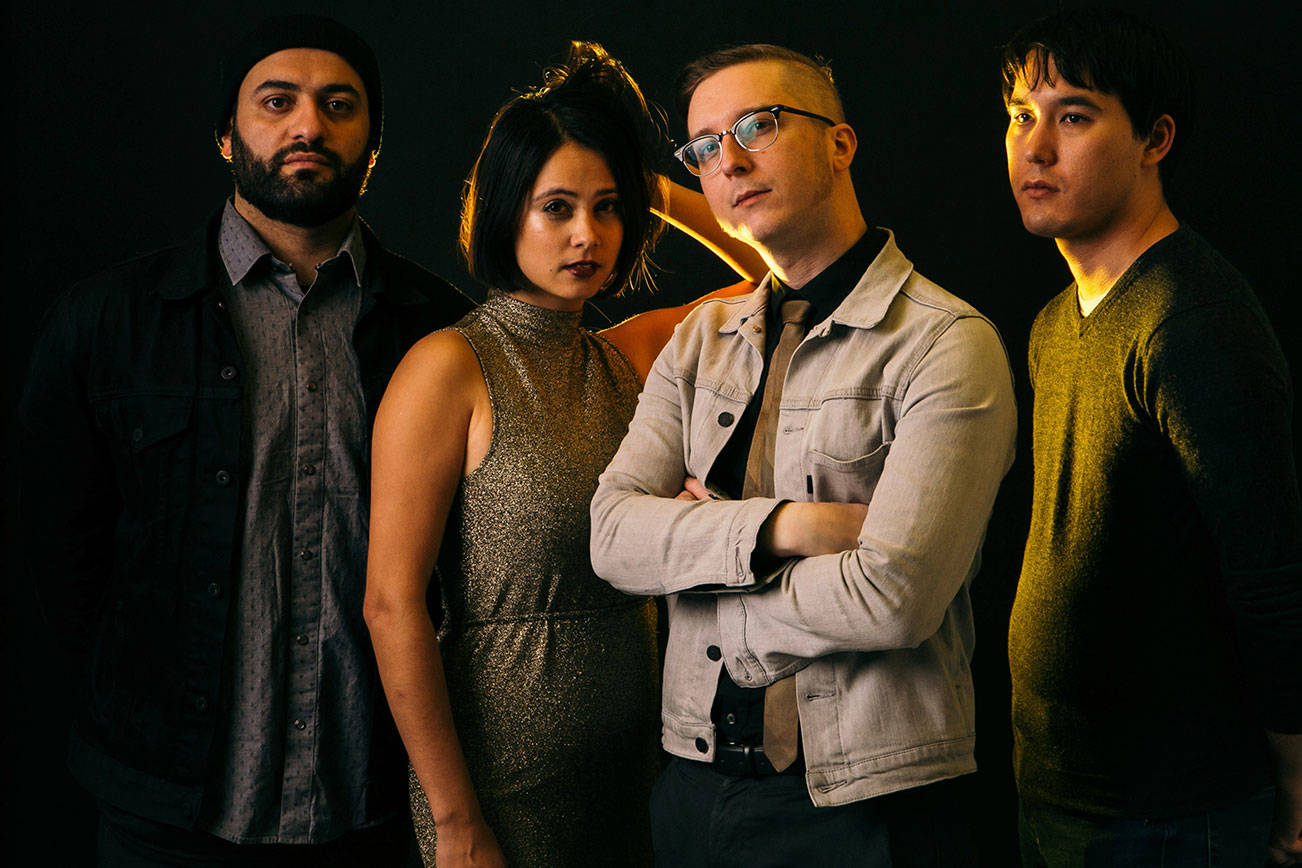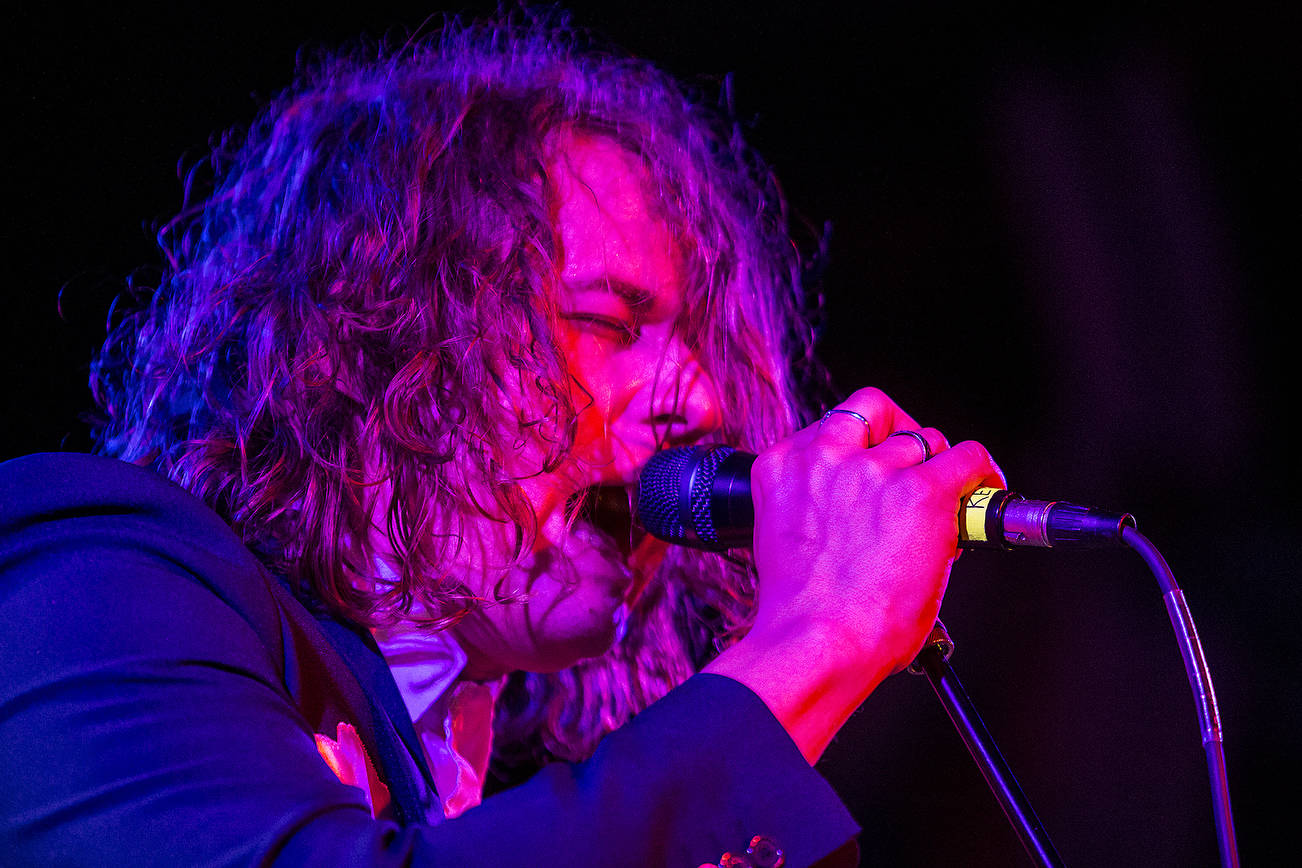You know them. You might even be one of them: those music-crazed types who pine after the Pere Ubu box set, but claim some genetic, beyond-their-control reaction to a certain groundbreaking New York rock band. I know because I live with one.
“I just don’t get Sonic Youth” is my boyfriend’s favorite way to start a fight. “Ugh, just look at Thurston Moore”—this said while perusing the photos accompanying the band’s recent Option cover story, in which the lanky guitarist is wearing a suit a couple of sizes too small and a jaunty tennis visor with a plastic bill—”he’s so… so… wimpy… so pretentious.”
Sonic Youth
Moore Theater
Fri-Sat, May 22-23
See end of article for related links.
You might think that a disagreement over a rock band is a mere pebble on love’s path. But I’m a Sonic Youth fan not just because of their music—though for anyone that should be enough—but because of their whole aura. And if you can’t agree with me on that, well, that’s a very basic gap in our world views.
I concede that the aloofness of the Sonic Youth sound—the unique guitar tunings and detached vocals of Moore, Lee Ranaldo, and Kim Gordon, the echoey hi-hat courtesy of Steve Shelley—might be off-putting. But that coolness is part of its appeal; it goes along with the fact that band members’ own musical heroes combine the experimental and cerebral (Glenn Branca, the Velvet Underground) with the confrontational (Black Flag, the Stooges).
So don’t expect me to be objective about the latest Sonic Youth record, A Thousand Leaves (Geffen). The band could tape the water rushing through the pipes of its new Manhattan recording studio, and I’d run to shell out my $17.98. Forced into musical analysis, I’ll tell you that the new material favors the band’s nonstructured, experimental side—although none of them would use the word experimental, of course. “We don’t really know when we’re being experimental, or what people might think of as ‘experimental’ in our music,” Ranaldo said last week during a phone interview from a stop on the band’s current tour. “I guess [the new record’s sound] has something to do with the fact that we’ve spent the past couple of years stretching out on our own, and doing our own things, getting involved with different scenes.”
In fact, since the last Sonic Youth full-length record, 1995’s Washing Machine, Ranaldo recorded the live record Clouds with jazz drummer William Hooker and released a solo collection, Amarillo Ramp; Moore spent time working with his own free-jazz trio and his label, Ecstatic Peace; Gordon’s grrrl-rock side project, Free Kitten, released its second record, A Sentimental Education; and drummer Steve Shelley worked on his own label, Smells Like, and recorded and toured with his band Two Dollar Guitar.
Over the past year, the band also released three EPs on its own Geffen-distributed imprint. These sprawling improvisations were recorded while the band was working on A Thousand Leaves, and they are basically rehearsals that turned out well; the band liked the sounds and decided to release them. Now that the group has its own studio, these improv releases will become more common. “We usually record [our rehearsals],” Ranaldo says. “It’s just that usually people don’t get to hear them.”
“It starts with sounds,” he continues. “Someone brings something in, and we start playing and see where it goes.” Since improvisation plays such a large part in the band’s songwriting process, the tapes are a necessary back-up. “You remember what you played. But if you don’t, the tape does.”
In a way, A Thousand Leaves revisits the days before 1992’s Dirty, Sonic Youth’s flirt with pop stardom. Think Daydream Nation, its 1988 major-label debut. Many of the songs are textbook SY—the introduction of a musical theme with some elliptical lyrics, several minutes of instrumental meandering, then a return to the original theme. You could even call them—horrors!–a jam band. Eat your heart out, Phish.
“Live, we definitely stretch out—that’s part of why we play and it’s also where new things come from,” Ranaldo says. “We were playing the new songs live as instrumentals—we played a series of shows like that—before we even recorded them. The lyrics came later.”
Just as the songs change in live performance, so do the records reveal something new with each listen. In the end, that’s the final test of any band: Can its music hold up over time? Sonic Youth is in ideal creative mode: it’s reached a manageable level of success; it has seemingly unconditional backing from a big record label; and it has four members with the skill to stand alone, but the desire to collaborate with each other. Ranaldo, however, affects a wait-and-see attitude. “I wouldn’t want to even hazard a guess about 20 years from now,” he says. “When we started, we never thought we’d be around even half this long.”
Related Links:
Official Geffen Sonic Youth page
http://www.geffen.com/sonic-youth/
A SY fan page with lots of links





